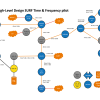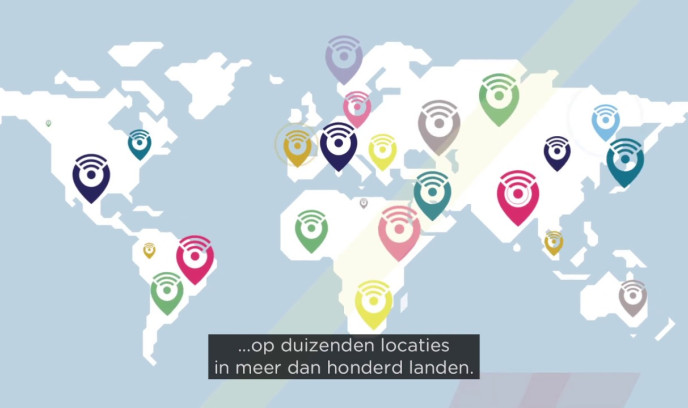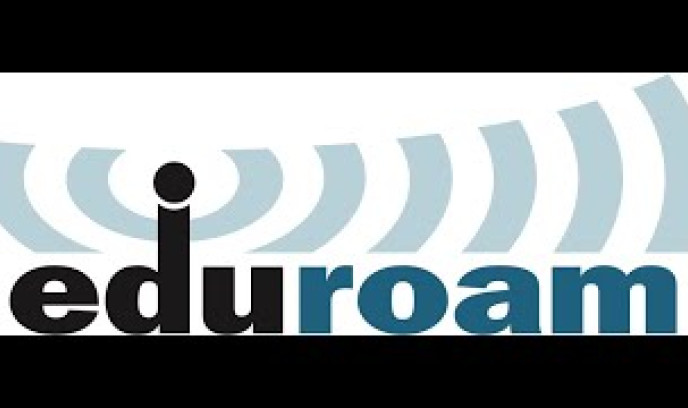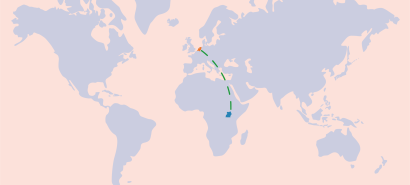eduroam
Secure online everywhere with your own account
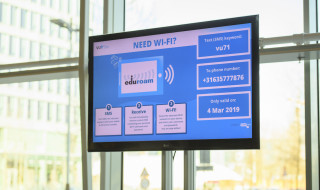
Advantages
More than 30,000 locations in over 100 countries
Secure authentication
Maintaining control
Safe and easy to configure
Have a question about eduroam? Get in touch.
Problem-free access to the network of participating institutions
Simple monitoring
The eduroam monitoring page shows you whether eduroam's authentication mechanism is working properly at your institution. We periodically check whether students, teachers, staff and researchers at your institution are getting online on eduroam networks elsewhere in the Netherlands. We also monitor whether guest users come online at your institution.
geteduroam app: easily configure eduroam
Configure eduroam on all devices? Users do that easily with our own app 'geteduroam'. So less management burden for institutions! geteduroam configures eduroam accounts using customised profiles per institution.
Moreover: when users create an eduroam profile via the app, that profile is unique for the device it is on. This makes profiles more secure and less vulnerable to unwanted sharing of eduroam login details.
